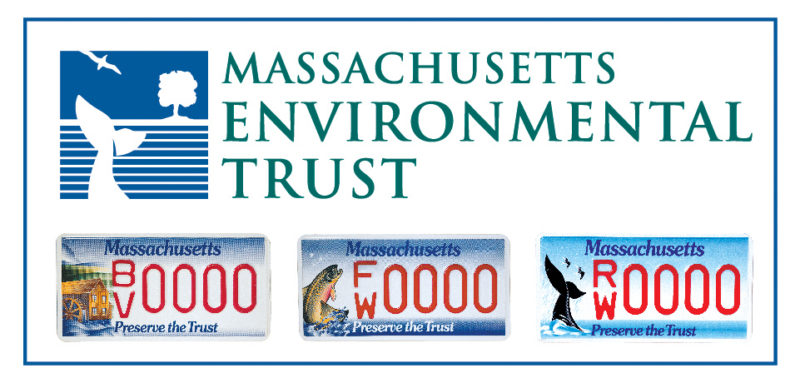Sippican River Snapshot
The Buzzards Bay Coalition does not calculate a Bay Health Index score for the Sippican River because it is a freshwater location. The Bay Health Index is only used to measure the health of coastal waters, including harbors, coves, and tidal rivers.
